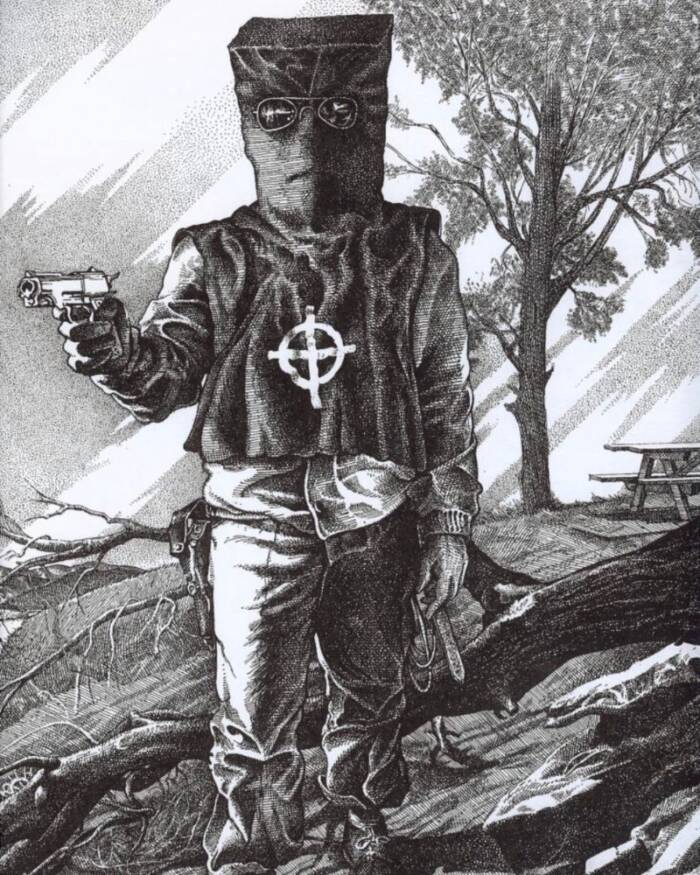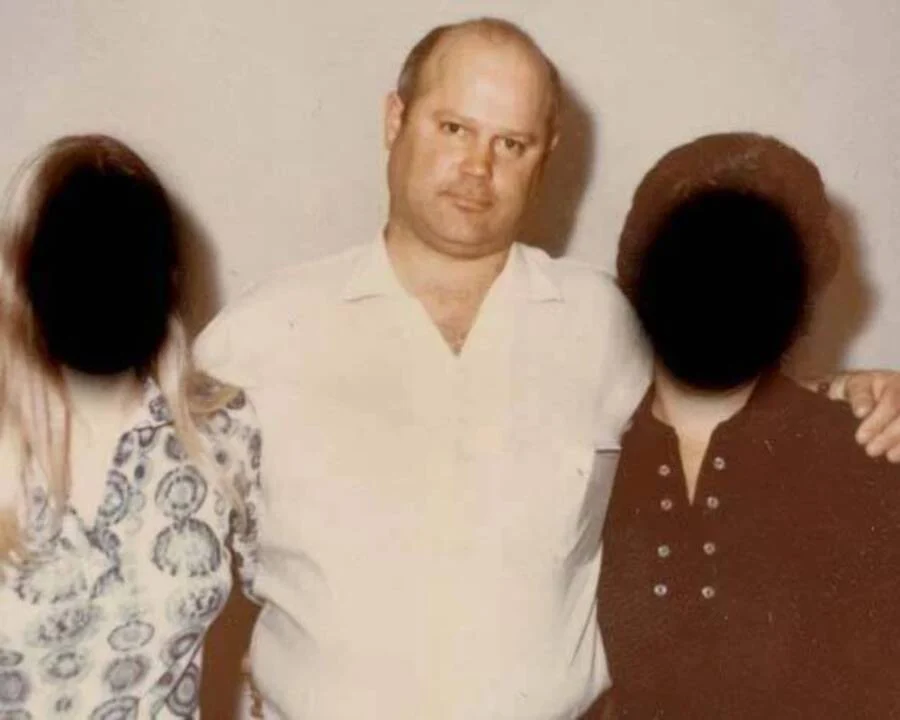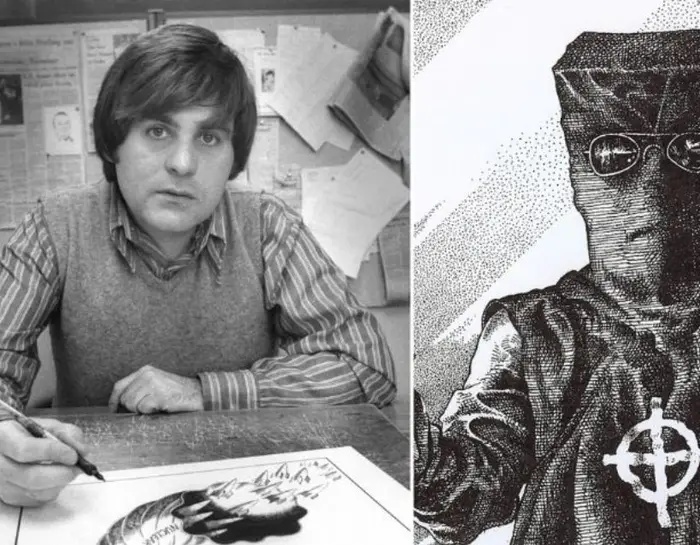Robert Graysmith wasn’t your typical detective. In fact, he wasn’t a detective at all—he was a political cartoonist working at the San Francisco Chronicle in 1969. But when the Zodiac Killer began sending cryptic letters to the newspaper, Graysmith found himself captivated. What began as simple curiosity soon turned into a lifelong obsession. Graysmith devoted decades of his life to solving the Zodiac case, writing books, and even sacrificing personal relationships along the way.
His book Zodiac became one of the most famous true crime stories ever written, but Graysmith’s theories weren’t without controversy. Let’s explore how a cartoonist became one of the most prominent amateur sleuths, and whether his conclusions hold up.
The Day Everything Changed
In 1969, Robert Graysmith was just another employee at the San Francisco Chronicle, using his artistic skills to craft political cartoons. Then, everything changed with the arrival of a letter from the Zodiac Killer—a chilling message encrypted with mysterious symbols. While the letter caused panic for many, it sparked something entirely different in Graysmith: an unshakable curiosity.
The Zodiac Killer was unlike any other criminal of the time. Robert Graysmith taunted the media and the police, sending cryptic messages and claiming responsibility for multiple murders across northern California. His coded letters were puzzles begging to be solved, and Robert Graysmith was determined to crack the case.

An Obsession Is Born
For Robert Graysmith, solving the Zodiac Killer case wasn’t just a hobby. He threw himself into the investigation, poring over the Zodiac’s letters, interviewing witnesses, and diving deep into police records. This obsession took over his life, leading him to publish Zodiac in 1986, a book that would sell millions of copies worldwide and cement his place as one of the most well-known true crime authors.
Robert Graysmith wasn’t a journalist, but that didn’t stop him from dedicating himself to the case like a professional investigator. He became close with those covering the case, most notably Paul Avery, the reporter harassed by the Zodiac himself. Graysmith wasn’t just an observer—he felt a deep connection to the case, describing his rage at the Zodiac’s arrogance and cold-blooded nature.
Theories And Controversy: Did Graysmith Solve The Zodiac Case?
While Zodiac became the go-to book for those fascinated by the case, it also brought with it some controversy. In his book, Graysmith implied that Arthur Leigh Allen, a convicted child molester, was the Zodiac Killer. His theory centered on Allen’s bizarre behavior and coincidental connections to the case, such as his Navy background and fascination with the Zodiac symbol.
Robert Graysmith even noted that Allen’s watch bore the same symbol the Zodiac used in his letters. However, Allen’s fingerprints and handwriting didn’t match those of the Zodiac, and no concrete evidence ever tied him to the murders. Many have criticized Graysmith for reaching too far in his conclusions, including fellow Zodiac researcher Michael Kelleher.
Kelleher, who co-authored This Is the Zodiac Speaking: Into the Mind of a Serial Killer, argued that Graysmith’s desire to solve the case clouded his judgment, leading him to overlook the flaws in his theories. However, despite the skepticism, many Zodiac enthusiasts still believe Allen was the prime suspect, in part due to Graysmith’s persuasive arguments.
Why Arthur Leigh Allen Remains a Prime Suspect
So, what made Arthur Leigh Allen such a compelling suspect? For one, Allen had reportedly told a friend about a novel he was planning to write, where a character named the Zodiac would stalk and kill couples before sending letters to the police. This eerie confession happened around 1968 or 1969, suspiciously close to the Zodiac Killer’s emergence.
Allen’s fascination with the Zodiac symbol, his proximity to the first confirmed Zodiac killings, and his service in the Navy all painted a picture of a man with potential ties to the case. However, the most damning evidence came when investigators discovered Allen had called out sick from work on the very day of a suspected Zodiac killing in 1966.
Barack Obama Raps ‘Lose Yourself’ After Eminem Introduces Him at Kamala Harris Rally in Detroit
Even with all this circumstantial evidence, nothing ever conclusively tied Allen to the Zodiac murders. But for Graysmith, these details were enough to make him believe Allen was the killer, even though the case remains officially unsolved to this day.
The Aftermath Of Obsession
While Robert Graysmith may never have gotten the definitive answer he sought, his work undoubtedly changed the landscape of true crime writing. His book Zodiac was adapted into a major film in 2007, starring Jake Gyllenhaal as Graysmith. Despite the fame and recognition, the case consumed him. His obsession with the Zodiac Killer strained his relationships, leading to the collapse of his marriage and distancing him from his children.
Still, Graysmith’s determination to “stop the killer” is undeniable. He inspired countless others to investigate unsolved crimes, paving the way for a new generation of amateur sleuths. His story shows the darker side of true crime obsession—the way it can take hold of a person and refuse to let go.

So, Who Was The Zodiac Killer?
More than 50 years later, the Zodiac Killer’s identity remains one of the greatest mysteries in criminal history. New suspects emerge from time to time, most recently a man named Gary Francis Poste, a violent Air Force veteran. But despite the endless speculation, no one has definitively cracked the case. Yet, if there’s one thing Robert Graysmith’s journey shows, it’s that the quest for answers can be as compelling—and as dangerous—as the crimes themselves.
Final Thoughts: Graysmith’s Lasting Impact
While Robert Graysmith may not have solved the case, his work ensured that the story of the Zodiac Killer wouldn’t fade into obscurity. His tireless research and gripping narrative continue to captivate true crime enthusiasts to this day. Graysmith’s obsession may have cost him personally, but his contribution to true crime literature is undeniable.
Curious about more unsolved mysteries? Dive into Graysmith’s Zodiac and decide for yourself: Was Arthur Leigh Allen really the Zodiac Killer?

